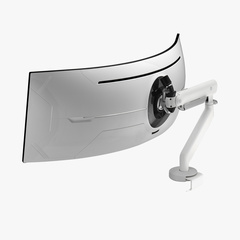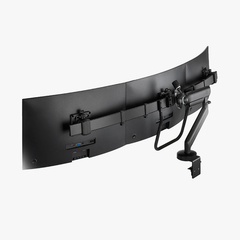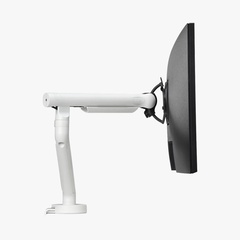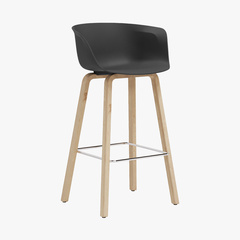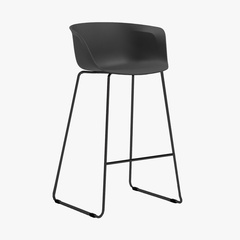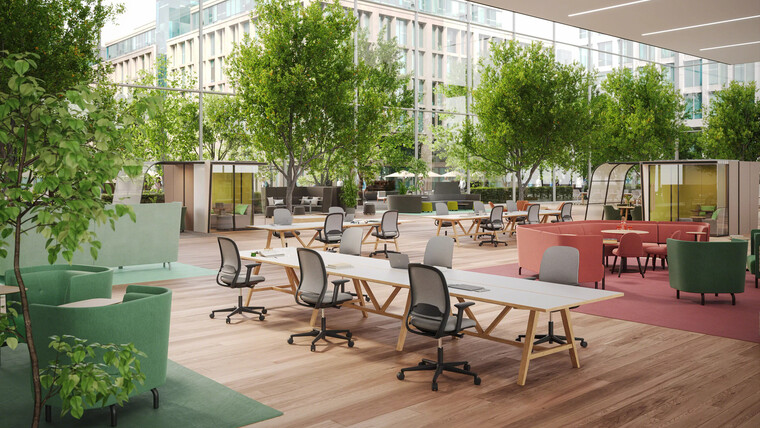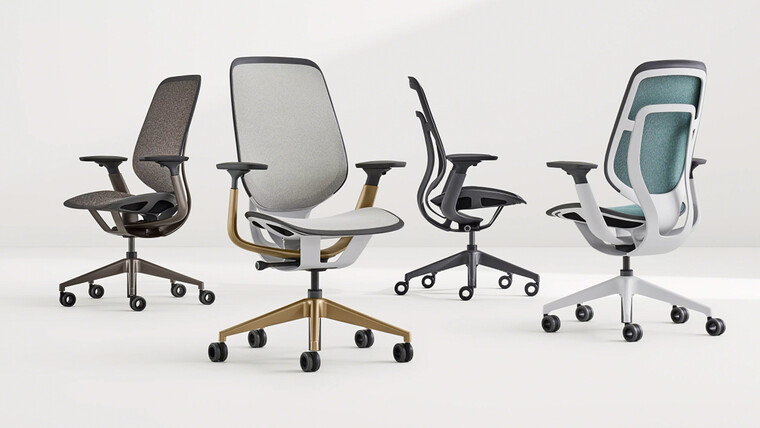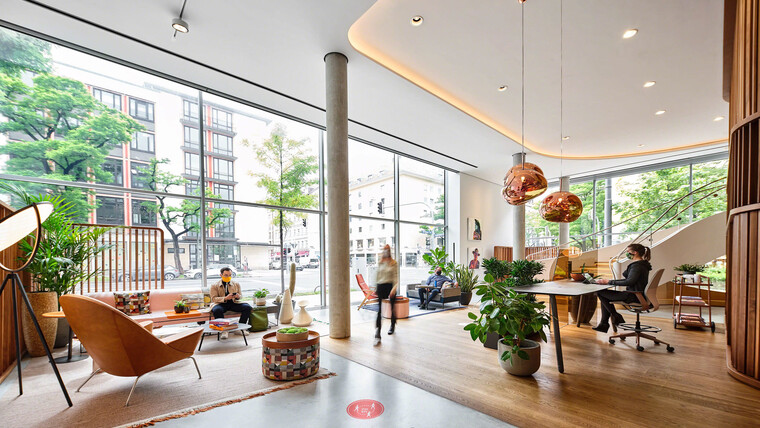The Hidden Bias of Working From Home

Working from home during a global pandemic has been tough on everyone in different ways, but new research from Steelcase shows some people carry a heavier burden than others.
Working from home during a global pandemic has been tough on everyone in different ways, but new research from Steelcase* shows some people carry a heavier burden than others. The study found extensive work-from-home policies may create unintended inequalities because some people don’t have ideal working conditions at home. Those subpar conditions are linked to a decrease in wellbeing and increase in stress, which, in turn, drives people’s productivity and engagement down. As 72% of companies globally say they expect to embrace hybrid work policies — working between home and the office to varying degrees — it’s critical to understand how work conditions at home impact people differently and may hinder business results.
These differences lead to groups of “have” and “have not” employees based on their home situation and work set-ups, which are directly connected to their ability to perform.
Yet the people making policy decisions for their organizations are more likely “haves” which may result in a hidden bias — a perception that everyone can perform at their best while working from home.
*This study was conducted in December 2020 with over 1,800 participants based in the US, France, and Germany. It is the latest in a series of studies conducted by Steelcase to understand the impact of the pandemic on work, workers, and the workplace around the world.
WFH Research
Steelcase researchers explored four common work-from-home space types to understand the different experiences associated with each space and how they impact people’s performance:
Home Office
WFH Office
Some people have the luxury of a private room dedicated to work. It was already functioning prior to the pandemic but was activated as a primary workspace while working from home.
Work Zone
WFH Work Zone
Existing furniture and spaces were co-opted to support work, as well as personal activities. People leave their tools and technology in place so the original purpose of the space is compromised over time.
Multipurpose Area
WFH Multipurpose Area
Existing furniture and spaces were co-opted to support work, as well as personal activities. People leave their tools and technology in place so the original purpose of the space is compromised over time.
Temporary Set-up
WFH Temporary Set-up
With minimal modifications, this is an area where people do both work and personal activities. The area reverts to its primary function when not in use for work.
Researchers analyzed the demographic patterns, quality of the working conditions and affordances people have (such as high-speed WiFi, desks, ergonomic chairs, secondary monitors, etc), and then examined how those factors impacted people’s wellbeing, stress and key performance metrics, including engagement, productivity and team cohesion.
The net out: There’s a direct correlation between people’s home working conditions and their wellbeing and stress levels, which, in turn, impacts their performance. The better the conditions, the lower the stress and the better the outcome. That’s the good news. The bad news: These benefits are not evenly distributed among workers, which sets up some employees for greater success, and others for greater struggles.
The “Haves” Benefit
Despite images of people lounging on their sofa with their laptop, those with dedicated offices fare the best while working from home. Their productivity hasn’t returned to pre-pandemic levels, but it’s higher than people with other types of work spaces. And their engagement levels have actually grown stronger during the crisis. They have better working conditions, the necessary resources to do their jobs, more visual and acoustical privacy and the right technology tools for collaboration. They’re also more likely to have an ergonomic chair and desk. These things measurably contribute to lower stress levels and higher wellbeing, both of which have a direct correlation to their performance. They’re also more likely to be higher-earning men in leadership roles. In short, a demographic group that was a “have” before the pandemic continues to have a leg up while working from home.
The “Have-nots” Struggle
Meanwhile, the situation is extremely different for people who work in multi-purpose or temporary spaces within their home. Because of the shared nature of these types of spaces, people have less control over their visual and acoustical privacy, experience more interruptions, and have more difficulty focusing. They’re significantly less likely to have an ergonomic chair and desk, or amenities like a second monitor. This lack of control and physical discomfort has hurt their wellbeing and led to higher levels of stress, and created a heavier burden for these employees. It’s no surprise they experience lower levels of engagement and productivity. And, sadly, it may not be surprising that the people most likely to work in these kinds of spaces are women, and those further down the corporate hierarchy, with lower incomes. The disadvantages they faced before the pandemic have only been exacerbated during an extended time working from home.
An Inclusive WFH Strategy
The silver lining in these findings is the valuable and actionable insights they reveal. Organizations can use them to shape a better work experience for all employees, which can help boost business outcomes. As organizations better understand how home working conditions impact their employees’ performance and wellbeing, it can help them develop policies and practices that benefit everyone.
They can be thoughtful about creating experiences that do not leave some employees feeling isolated or disengaged. They can try to ensure everyone has the affordances they need. While stipends can help, most employees aren’t aware of what changes can make their home working conditions most effective and how to best invest for their productivity.
For example, the research showed less than a third of people who work in multipurpose or temporary set-ups have an ergonomic chair, yet this one piece of furniture had an outsized impact on people’s stress and wellbeing, which, in turn, improved their productivity, engagement and feelings of team cohesion.
Yet, working conditions within a home are not entirely within an organization’s control. While leaders can help employees get a better chair or privacy screens, they cannot impact variables such as whether a home has enough space for a dedicated office or is conducive to focus. As organizations decide if or how they will embrace a hybrid model of work, it is important to remember that leaning heavily on home-based work will leave some employees with a heavier burden than others.
They can take steps now, while planning their return-to-office strategy, to ensure the workplace is an equalizer, offering equitable conditions and amenities to everyone. At its best, it can be designed for inclusion and create a community in which people and the business thrive — a place that is so appealing people choose to go there to do their best work.
Is it likely leaders will still have access to better spaces and technology than other employees? Possibly. But the potential bias created among people working extensively from home can be mitigated if organizations help their employees create better working conditions both at home and the office to help people feel a sense of belonging — offering the safety, comfort, and control people need to be productive and engaged.
Related content

